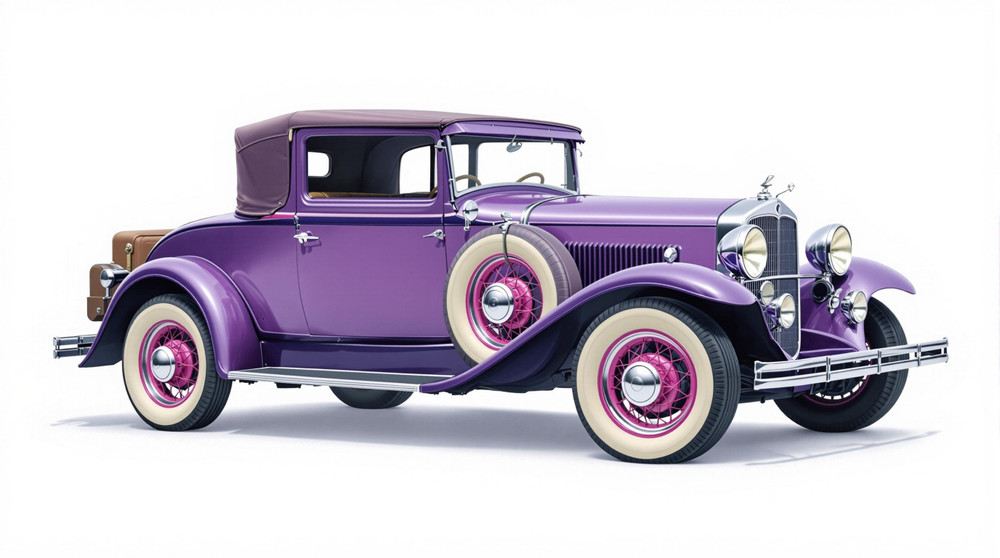Image of 1931 Franklin Series 15, Note: These illustrations use artistic license and may differ from actual historical models.
Performance Metrics
Fundamental Metrics
Emotional Appeal
MMP Rating
| Engine Specifications | |
|---|---|
| Engine: | Air-cooled 6-cylinder engine |
| Displacement: | 274 cubic inches |
| Horsepower: | Estimated 100 HP |
| Torque: | Not available |
| Compression Ratio: | Not available |
| Ignition System: | Battery and coil |
| Cooling System: | Air-cooled |
| Performance Specifications | |
| 0-60 Time: | Not available |
| 1/4 Mile Time: | Not available |
| Top Speed: | 70 mph |
| Transmission and Drive | |
| Drive Type: | Rear-wheel drive |
| Transmission Type: | Manual |
| Fuel and Efficiency | |
| Fuel System Type: | Carburetor |
| MPG: | Not available |
| Dimensions and Brakes | |
| Brakes: | Mechanical drum brakes |
| Wheelbase: | 125 inches |
| Weight: | 3,200 lbs |
Note: Specifications for classic cars are given to the best of our ability, considering the limited and variant data available.
Unveiling the Elegance of the 1931 Franklin Series 15
The year 1931 marked a milestone in automotive engineering with the introduction of the Franklin Series 15, a car that exuded luxury and innovation. Crafted by the Franklin Automobile Company, known for its air-cooled engines and pioneering spirit, this vehicle was a testament to American ingenuity during an era of economic turmoil. The Great Depression was in full swing, yet Franklin managed to produce a car that would leave an indelible mark on automotive history. A standout moment for the Series 15 was its prestigious honor of being chosen as the pace car for the Indianapolis 500, solidifying its place in automotive lore.
Design and Innovation
The exterior styling of the 1931 Franklin Series 15 was nothing short of breathtaking. Its sleek lines and elongated body were a visual symphony of classic elegance. The vehicle's grille, with its vertical slats, became a defining feature, while round headlamps flanked a regal hood ornament. Inside, passengers were enveloped in opulence with plush seating and exquisite wood trimmings that spoke to the quality craftsmanship of the era. Technologically, the Series 15 was ahead of its time. Its air-cooled engine eliminated the need for a radiator, reducing weight and complexity. The color palette ranged from deep blues to rich maroons, with many owners favoring the bold statement of a two-tone finish. Body styles varied from sedans to coupes, but it was the convertible that captured hearts with its top-down freedom and style.
Historical Significance
The Franklin Series 15's air-cooled engine wasn't just innovative; it revolutionized how cars were built and cooled. This technology set it apart from competitors who were still relying on water-cooled systems. The Series 15's design language also influenced future generations of automobiles, showcasing that form could harmoniously meet function.
Performance and Handling
Performance-wise, the Franklin Series 15 delivered impressive numbers for its day. With a respectable top speed and acceleration that could take it from 0-60 mph in a time that challenged even some luxury contemporaries. On various terrains, drivers praised its smooth handling and stability—courtesy of its well-engineered suspension system. The ride was described as serene; the hum of its unique engine provided an auditory backdrop to what many considered an unparalleled driving experience.
Ownership Experience
Owners of the Franklin Series 15 used their vehicles for more than just transportation; they became symbols of status and passion projects. As daily drivers, they offered reliability uncommon for the time. For collectors and enthusiasts, they were showpieces that turned heads at every corner. Maintenance required a certain level of dedication due to their unique engineering, but for many, this was part of their charm.
Fun Facts
The Franklin Series 15 has been associated with numerous anecdotes throughout history. A few rare editions featured custom coachwork that is highly sought after today. While not known for breaking speed records, it certainly set sales records for Franklin during challenging economic times. Despite criticisms regarding its unconventional engine design by some traditionalists, it proved to be reliable and efficient.
Collector's Information
Today, the value range for a well-preserved or restored Franklin Series 15 can vary greatly but expect figures northward of six digits in pristine condition. Given their age and historical significance, these vehicles are relatively rare finds in the collector's market with production numbers estimated in the low thousands. Over time, values have generally appreciated as classic car enthusiasts seek out unique pieces of automotive history.
Conclusion
The 1931 Franklin Series 15 is more than just an antique car; it's a rolling piece of art that encapsulates an era where innovation dared to defy economic downturns. It stands as a testament to visionary design and engineering prowess—a true classic that continues to captivate collectors and enthusiasts alike.
1931 Franklin Series 15 Catalog of Parts
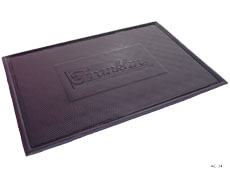 1931 Franklin Series 15 Accessory Floor Mat - 12"X17"-AC 34Accessory Floor Mat - made of high quality black rubber with molded original emblem. Also designed to be sewn into new carpets. 12"X17", Each
1931 Franklin Series 15 Accessory Floor Mat - 12"X17"-AC 34Accessory Floor Mat - made of high quality black rubber with molded original emblem. Also designed to be sewn into new carpets. 12"X17", Each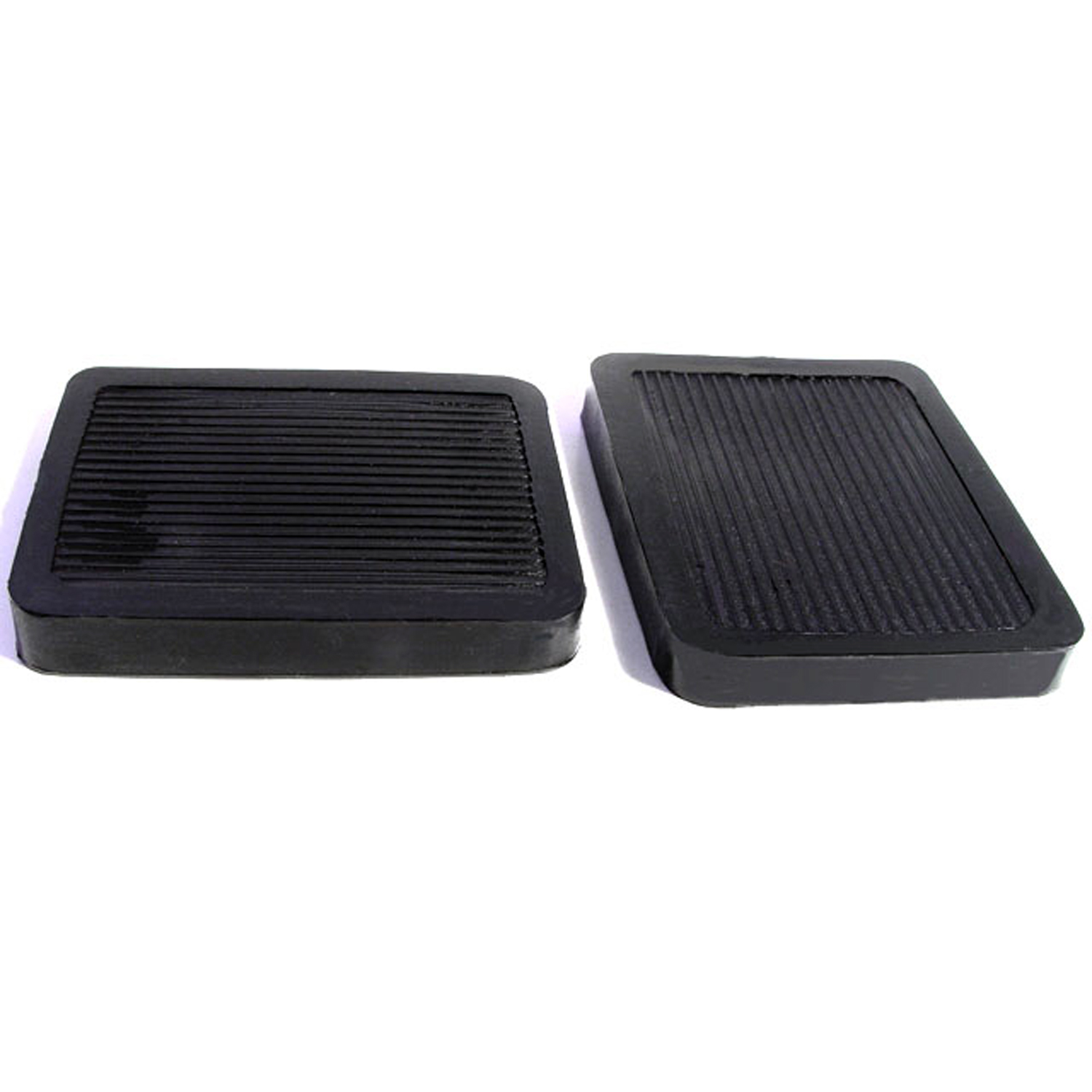 1931 Franklin Series 15 Clutch and Brake Pedal Pads. Perfect reproduction-CB 24Clutch and Brake Pedal Pads. Perfect reproduction. 3" wide X 3-3/4" long. Pair
1931 Franklin Series 15 Clutch and Brake Pedal Pads. Perfect reproduction-CB 24Clutch and Brake Pedal Pads. Perfect reproduction. 3" wide X 3-3/4" long. Pair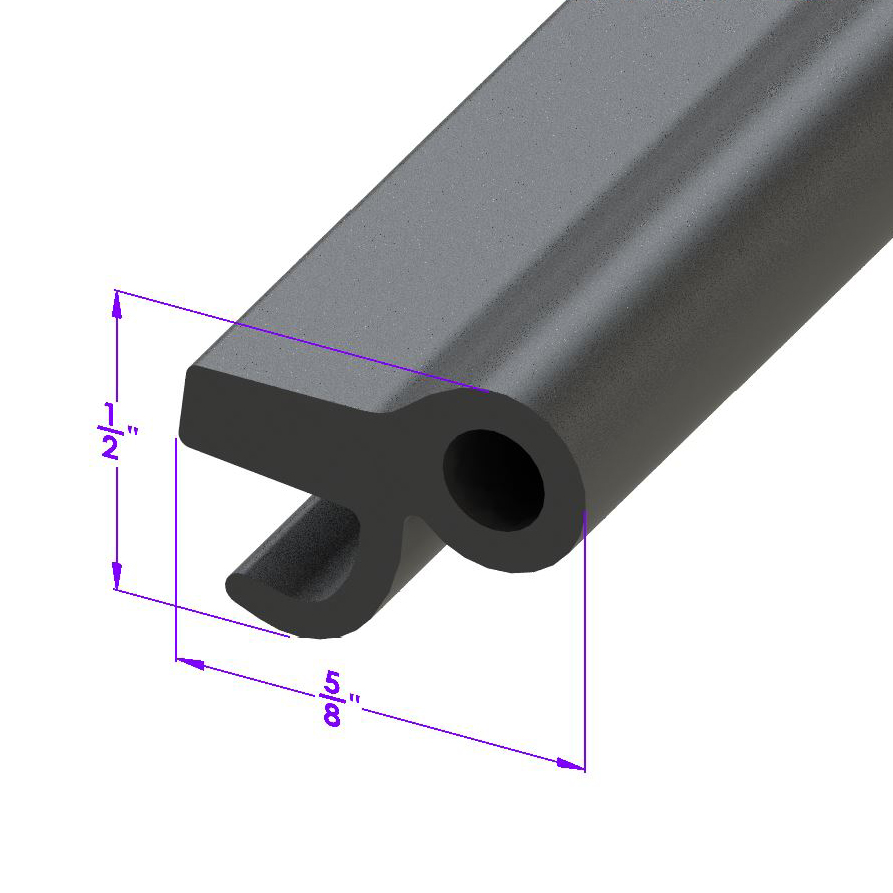 1931 Franklin Series 15 Swing-Out Windshield Seal-LP 97-CSwing-Out Windshield Seal. For both one- and two-piece windshields. Sold by the foot
1931 Franklin Series 15 Swing-Out Windshield Seal-LP 97-CSwing-Out Windshield Seal. For both one- and two-piece windshields. Sold by the foot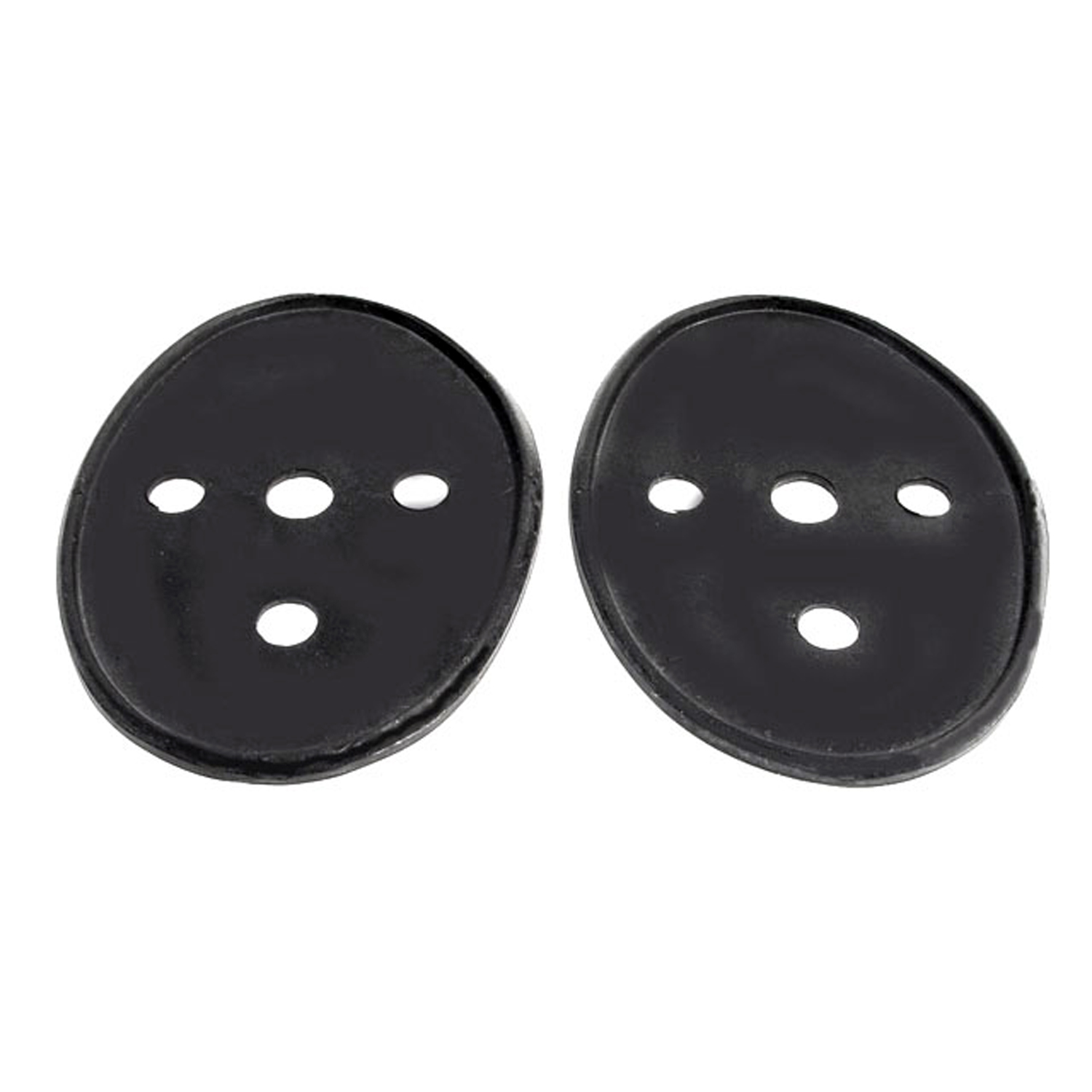 1931 Franklin Series 15 Tail-light Pads. 3-1/4" wide X 4-5/8" long. Pair.-MP 671Tail-light Pads. 3-1/4" wide X 4-5/8" long. Pair.
1931 Franklin Series 15 Tail-light Pads. 3-1/4" wide X 4-5/8" long. Pair.-MP 671Tail-light Pads. 3-1/4" wide X 4-5/8" long. Pair.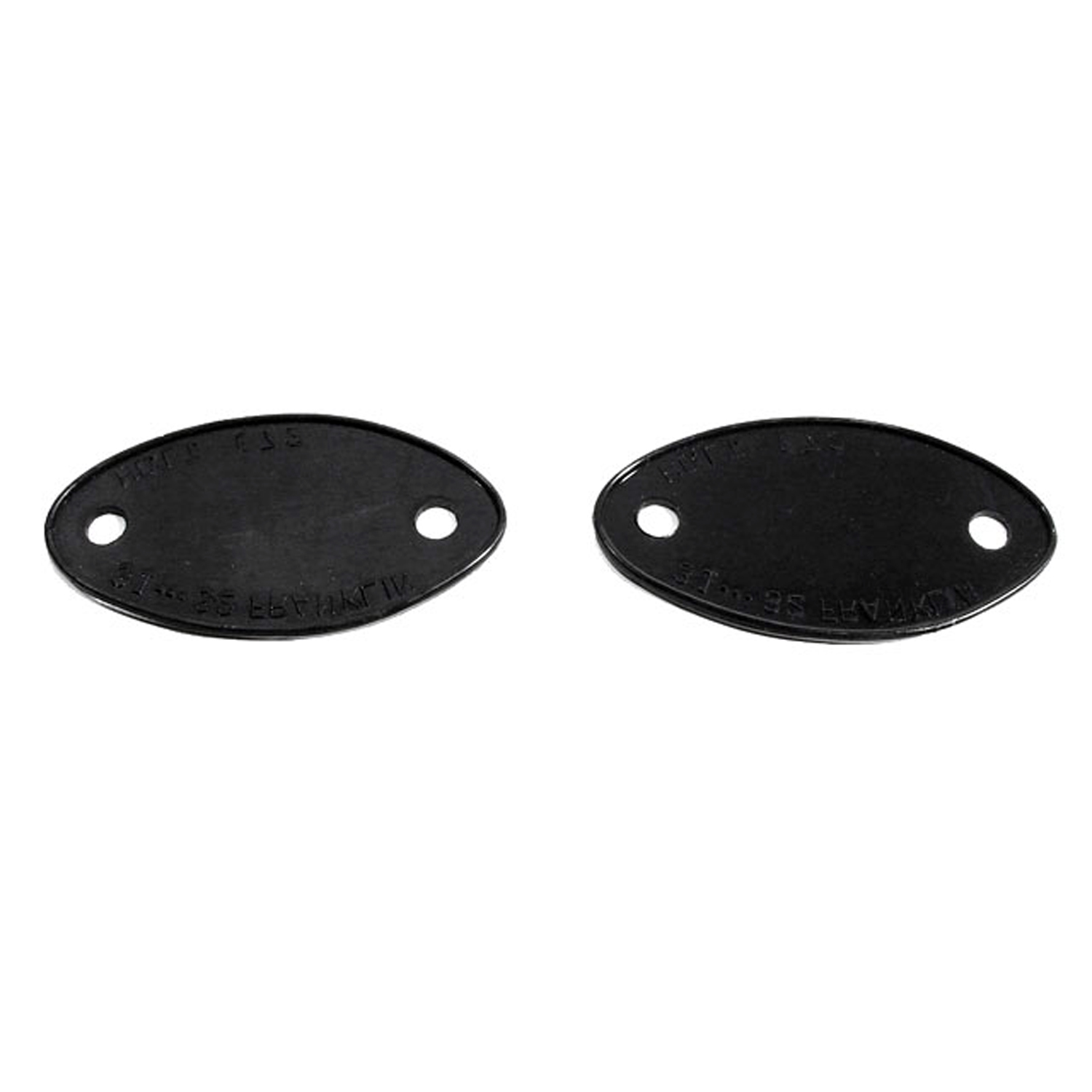 1931 Franklin Series 15 Headlight Pads. 2-3/8" wide X 4-1/8" long. Pair-MP 672Headlight Pads. 2-3/8" wide X 4-1/8" long. Pair
1931 Franklin Series 15 Headlight Pads. 2-3/8" wide X 4-1/8" long. Pair-MP 672Headlight Pads. 2-3/8" wide X 4-1/8" long. Pair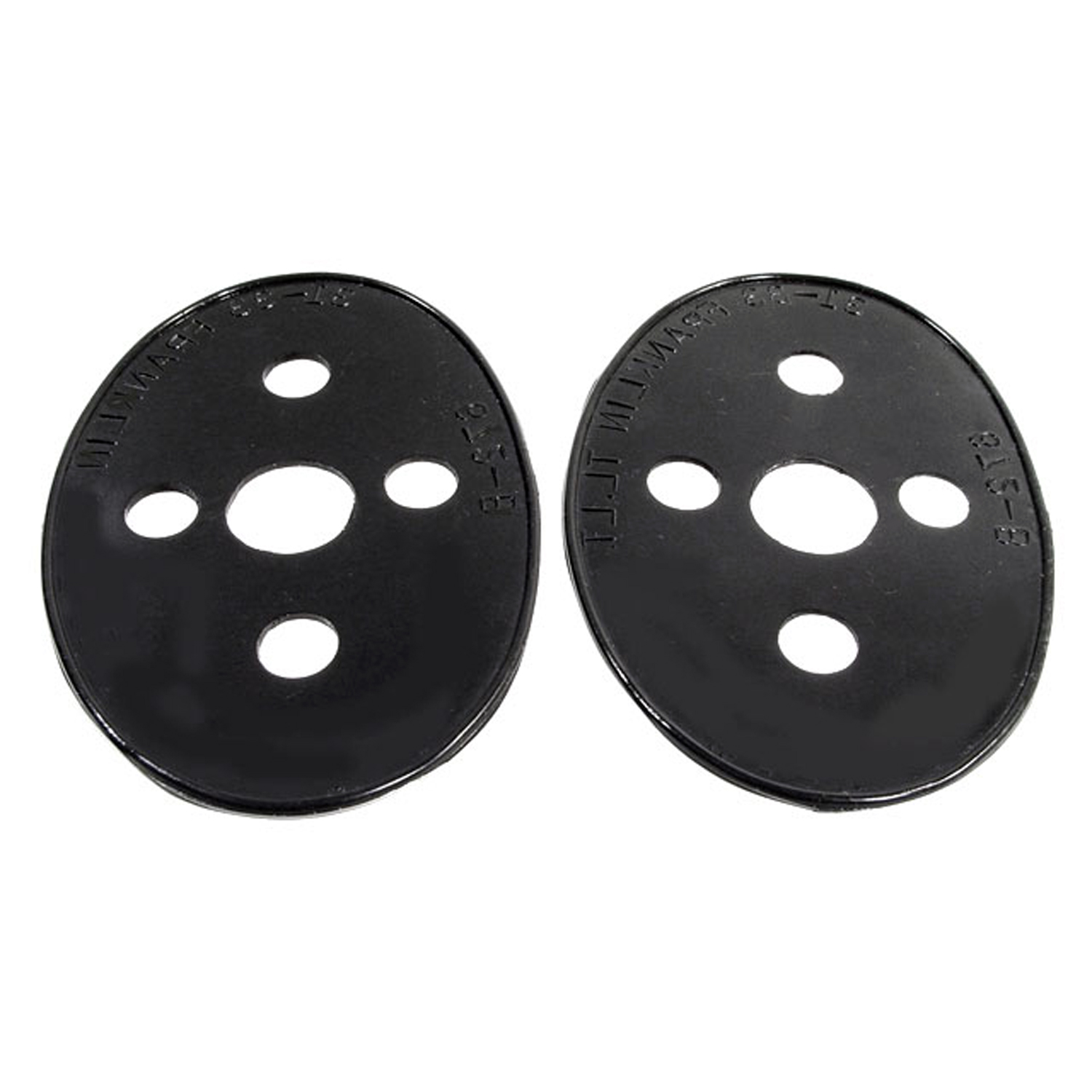 1931 Franklin Series 15 Tail-light Pads. 3-1/8" wide X 4-1/2" long. Pair-MP 672-BTail-light Pads. 3-1/8" wide X 4-1/2" long. Pair
1931 Franklin Series 15 Tail-light Pads. 3-1/8" wide X 4-1/2" long. Pair-MP 672-BTail-light Pads. 3-1/8" wide X 4-1/2" long. Pair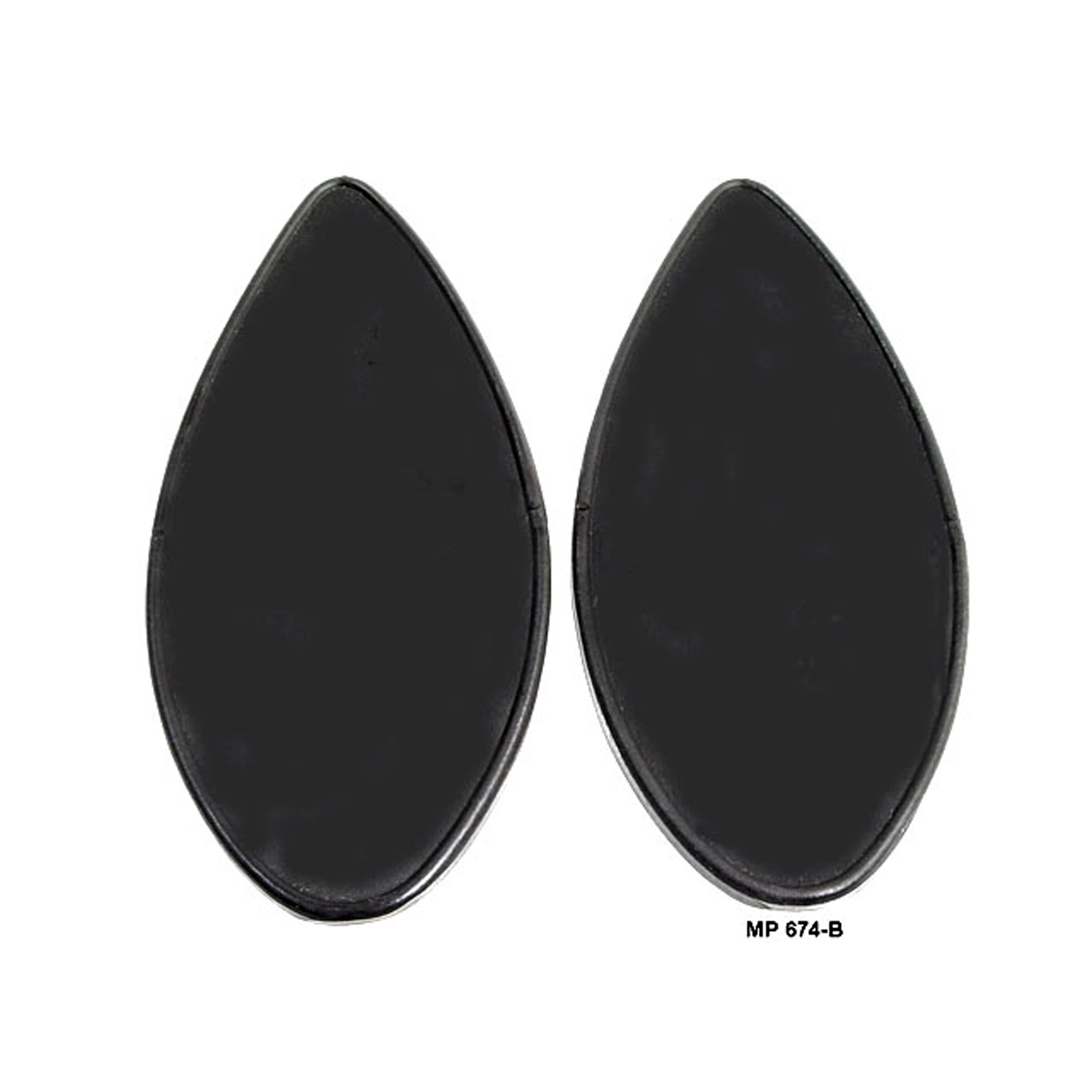 1931 Franklin Series 15 Tail-light Pads. 3" wide X 6-3/4" long. Pair-MP 674-BTail-light Pads. 3" wide X 6-3/4" long. Pair
1931 Franklin Series 15 Tail-light Pads. 3" wide X 6-3/4" long. Pair-MP 674-BTail-light Pads. 3" wide X 6-3/4" long. Pair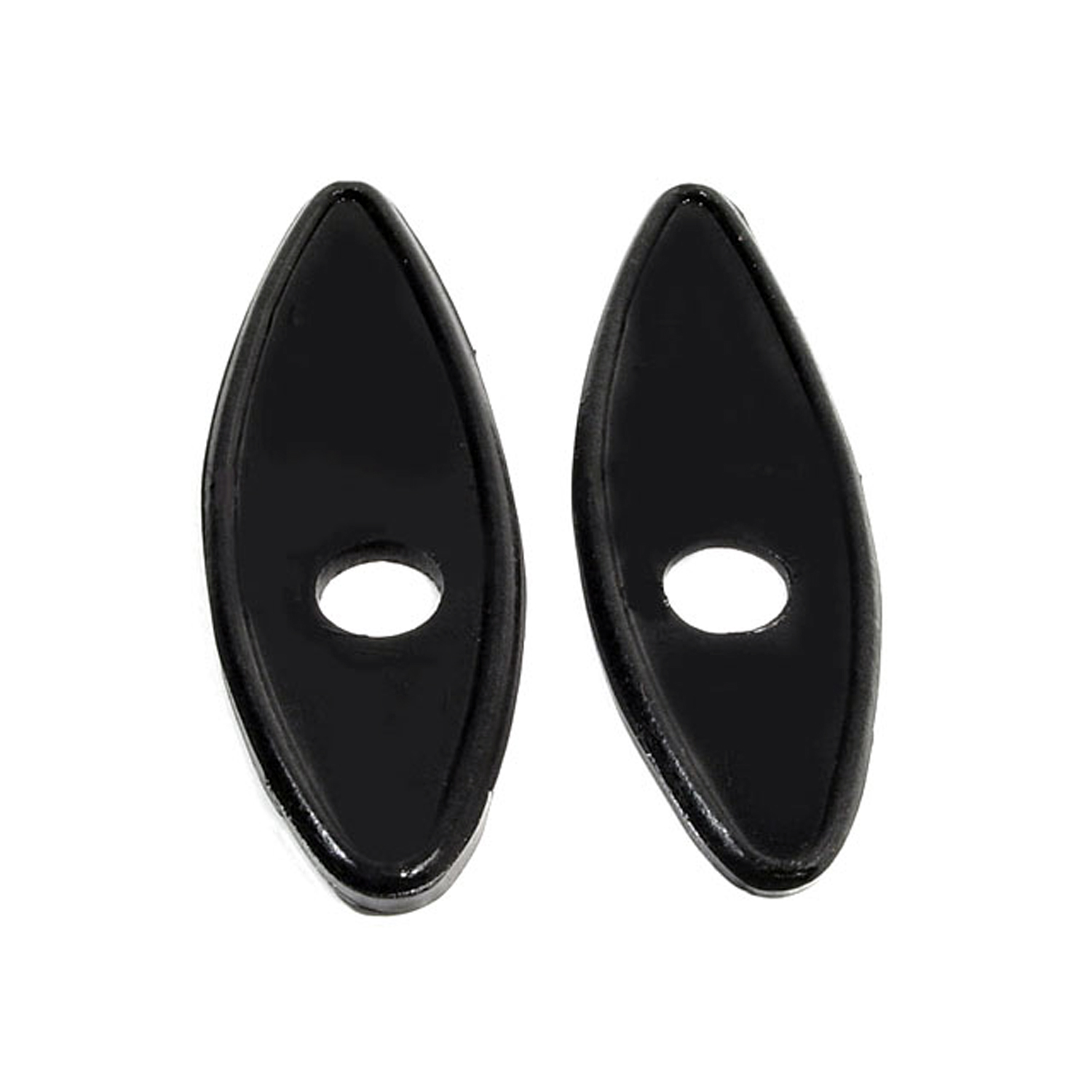 1931 Franklin Series 15 Park Light Pads. 1-3/8" wide X 4-1/8" long. Pair-MP 674-CPark Light Pads. 1-3/8" wide X 4-1/8" long. Pair
1931 Franklin Series 15 Park Light Pads. 1-3/8" wide X 4-1/8" long. Pair-MP 674-CPark Light Pads. 1-3/8" wide X 4-1/8" long. Pair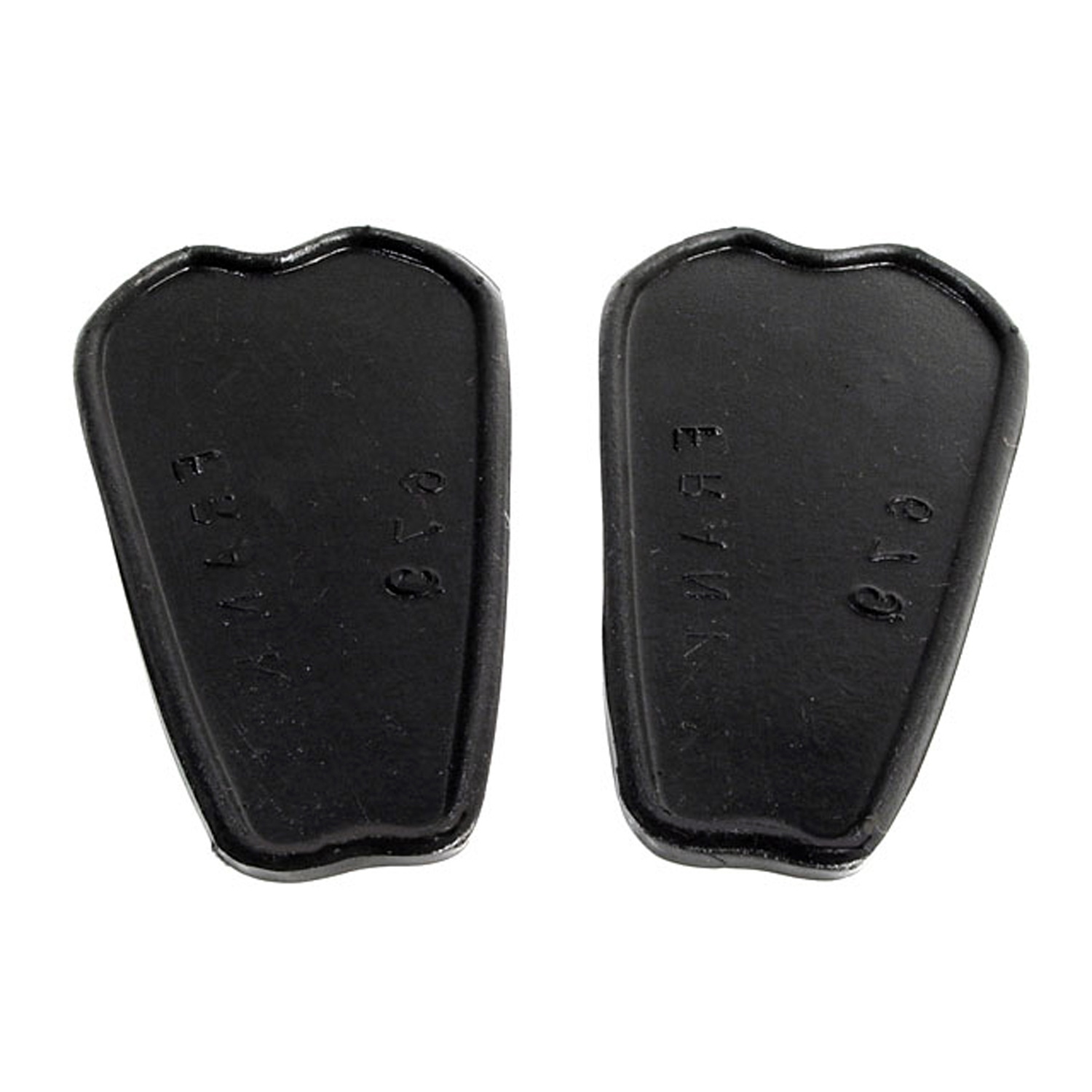 1931 Franklin Series 15 Park Light Pads. 2-1/4" wide X 4-1/8" long. Pair-MP 679Park Light Pads. 2-1/4" wide X 4-1/8" long. Pair
1931 Franklin Series 15 Park Light Pads. 2-1/4" wide X 4-1/8" long. Pair-MP 679Park Light Pads. 2-1/4" wide X 4-1/8" long. PairWhy Choose Metro?
For over 100 years, Metro Moulded Parts has been the pinnacle of quality in classic car restoration parts. Our commitment to precision and authenticity in every component ensures a perfect fit and an OEM-level appearance.
- Expert Craftsmanship & Quality: Each part is a testament to our dedication to reliability and perfection, crafted from original designs and thoroughly tested.
- Advanced Technology: We use cutting-edge techniques to create flawless, long-lasting parts that surpass others in performance.
- SuperSoft Sponge – The Ultimate Door Seal: Not only are our door seals 30% softer than competitors', but they're also guaranteed to never leak. They effectively reduce wind and road noise, enhancing your classic car's comfort and driving experience.
- Proudly American: Our parts are a product of American craftsmanship, made in the USA with a spirit of excellence and heritage.
- Unrivaled Warranty: We back our products with a 30-year industry-leading warranty, a testament to our confidence in their quality.
Join us in preserving the legacy of classic cars with parts that are crafted for perfection, not just made.

